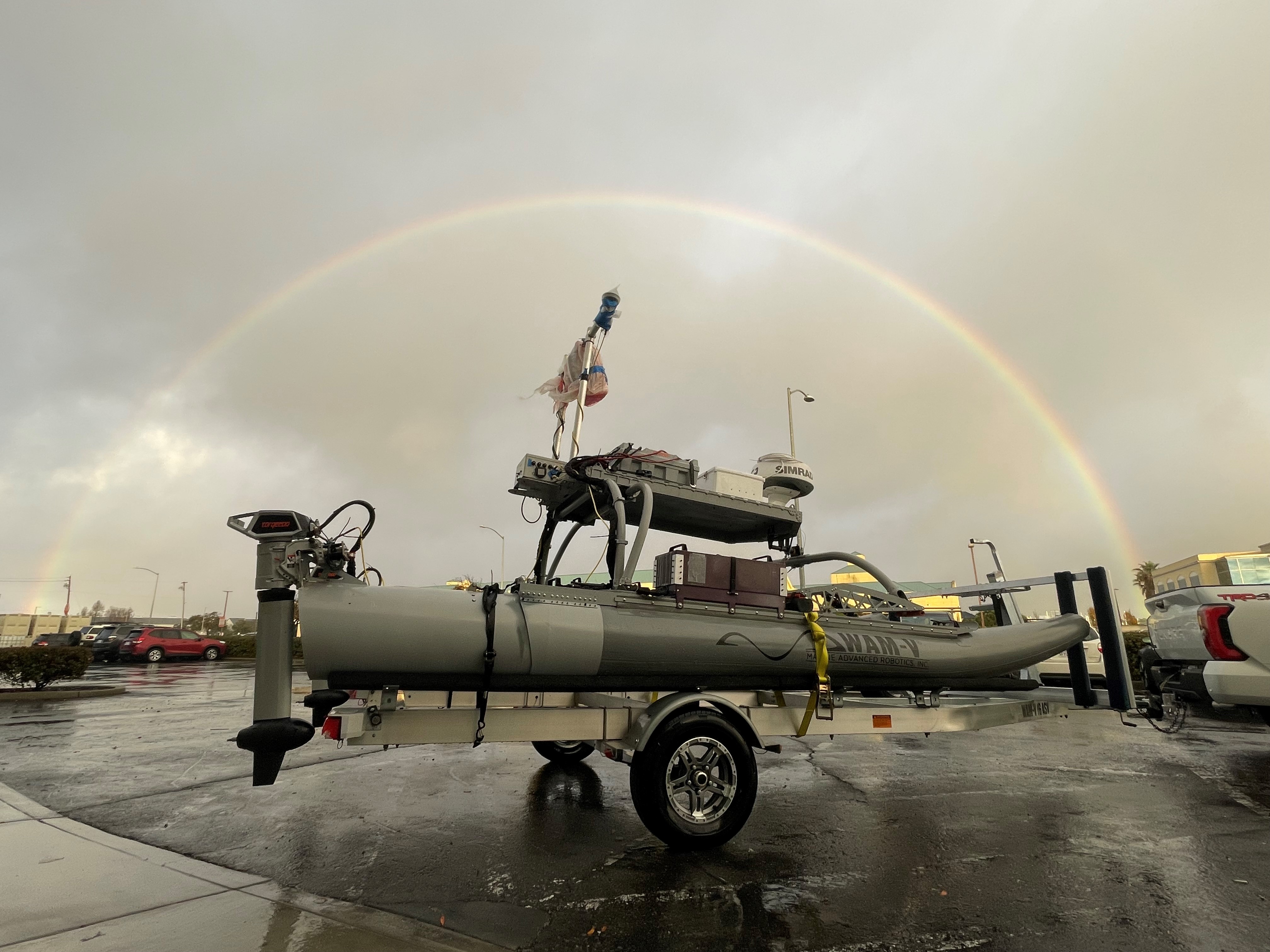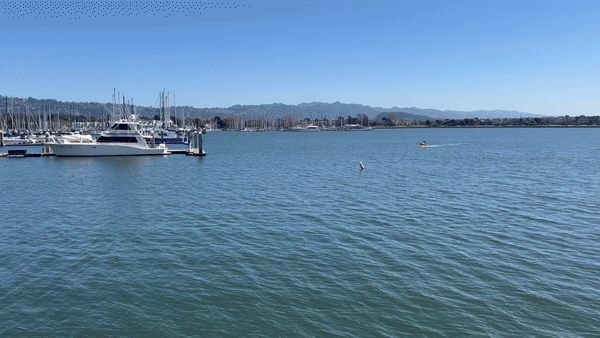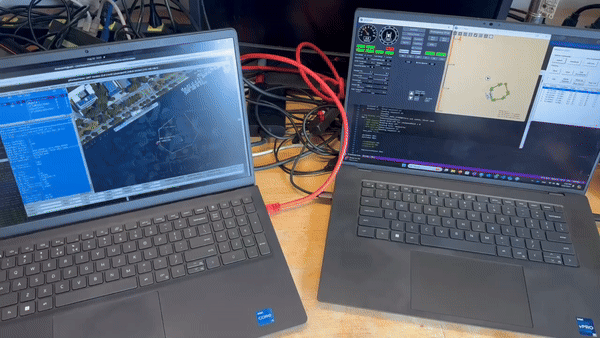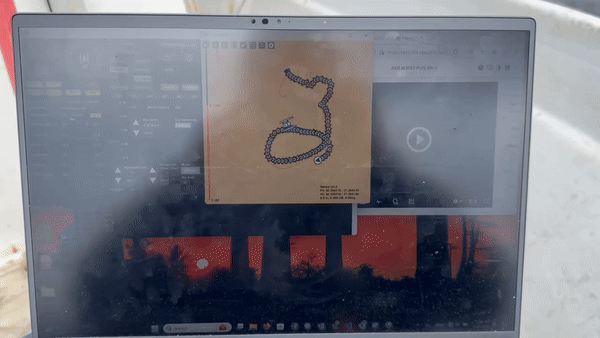OPT - Ocean Power Technologies

Description
Joining Ocean Power Technologies (OPT) as a Senior Robotics Engineer has been a thrilling journey. At OPT, we are pioneering cutting-edge technologies to harness the power of the ocean for sustainable energy and advanced maritime solutions. Below, I delve into the key aspects of my work and the innovative projects I'm part of.
Perception Pipeline Development
Safety and situational awareness are critical for our marine operations. I've been leading the development of advanced perception systems, with a focus on high performance and reliability. Key aspects include:
- Collision Avoidance: We integrated a stereo depth camera, capable of detecting obstacles up to 100 meters away, with pre-trained neural networks. This system, developed using C++ for optimal performance, segments images into sky, sea, and obstacles. By combining this segmentation with depth data and the vessel's speed and heading, we can detect potential collisions and trigger an emergency stop before it's too late.
- Versatility in Environments: Our system is designed to function in both open seas and narrow paths like ports. It can detect a range of objects from large ships to small buoys, ensuring safety in diverse maritime settings. This adaptability is crucial for robust and reliable operations.
- Real-Time Processing: Utilizing advanced computer vision techniques and real-time data processing, our system provides immediate feedback and decision-making capabilities, crucial for avoiding obstacles and navigating safely.

Fig. 1: Demonstration of the collision avoidance system in action.
Next Phase: Multi-Sensor Fusion
Building on our current capabilities, the next phase involves developing a comprehensive sensor package that fuses data from multiple sources. This will enhance the system's redundancy and robustness, ensuring reliable performance in various sea conditions. The sensor package will include:
- Maps and AIS Data: Integrating navigational maps and Automatic Identification System (AIS) data to provide context-aware navigation and situational awareness, enabling the system to identify and track nearby vessels effectively.
- Radar Sensors: Adding radar capabilities to detect and monitor objects even in low visibility conditions, such as fog or heavy rain, enhancing the system’s ability to operate safely in adverse weather.
- Sensor Fusion: Combining data from cameras, radar, maps, and AIS to create a comprehensive environmental model. This fusion will provide a more accurate and reliable understanding of the surroundings, improving decision-making and operational safety.
MIT Collaboration
One of the cornerstone projects is our partnership with the MIT Sea Grant Lab. This collaboration focuses on advancing the autonomy of oceanic surface vehicles through the integration of MOOS-IvP (Mission-Oriented Operating Suite - Intelligent Vehicle Protection). Our work includes:
- Advanced Mission Planning: Together, we are developing complex algorithms that empower our oceanic surface vehicles to autonomously navigate and execute precise tasks. These algorithms enable our vessels to adapt to dynamic marine environments, making real-time decisions to optimize their missions.
- Swarm Control and Behavioral Dynamics: By integrating the MOOS-IvP
system (Mission-Oriented Operating Suite - Intelligent Vehicle Protection), we have
unlocked new capabilities for coordinated operations. This includes implementing behaviors
such as:
- Waypoint Following: Enabling vessels to navigate precisely and efficiently between predefined points, essential for hydrographic surveys. also supports the automatic generation of waypoints.
- Convoy Mode: Enabling multiple vessels to operate cohesively, maintaining formation and distance for enhanced operational efficiency.
- Intercept and Obstacle Avoidance: Empowering vehicles to detect and navigate around obstacles, ensuring safe and reliable operations in congested or hazardous areas.
- Real-World Applications: Our collaboration aims not just at theoretical advancements but also at practical implementations. These technologies are set to revolutionize marine operations, from autonomous cargo transport and environmental monitoring to defense applications.


Fig. 3: Collaborative efforts with MIT on autonomous surface vehicles – Waypoint Follow (left) and Follow Path Mode (right).
For more details on this collaboration, you can also check our LinkedIn post about the MIT MOOS project, which provides insights into our ongoing efforts and achievements.
This collaboration not only advances our technological capabilities but also sets a new standard for innovation in the field of autonomous marine robotics. The integration of MIT’s cutting-edge research with OPT’s practical deployment expertise is paving the way for safer, more efficient, and intelligent oceanic operations.
Continuous Improvement and Innovation
Through these initiatives, we are transforming marine robotics operations, pushing the boundaries of what is possible in sustainable maritime technology. Our focus on integrating advanced perception systems and autonomous behaviors is driving significant advancements in the safety and efficiency of our oceanic operations. Stay tuned for more updates and insights as we continue to innovate and explore new frontiers in ocean power.